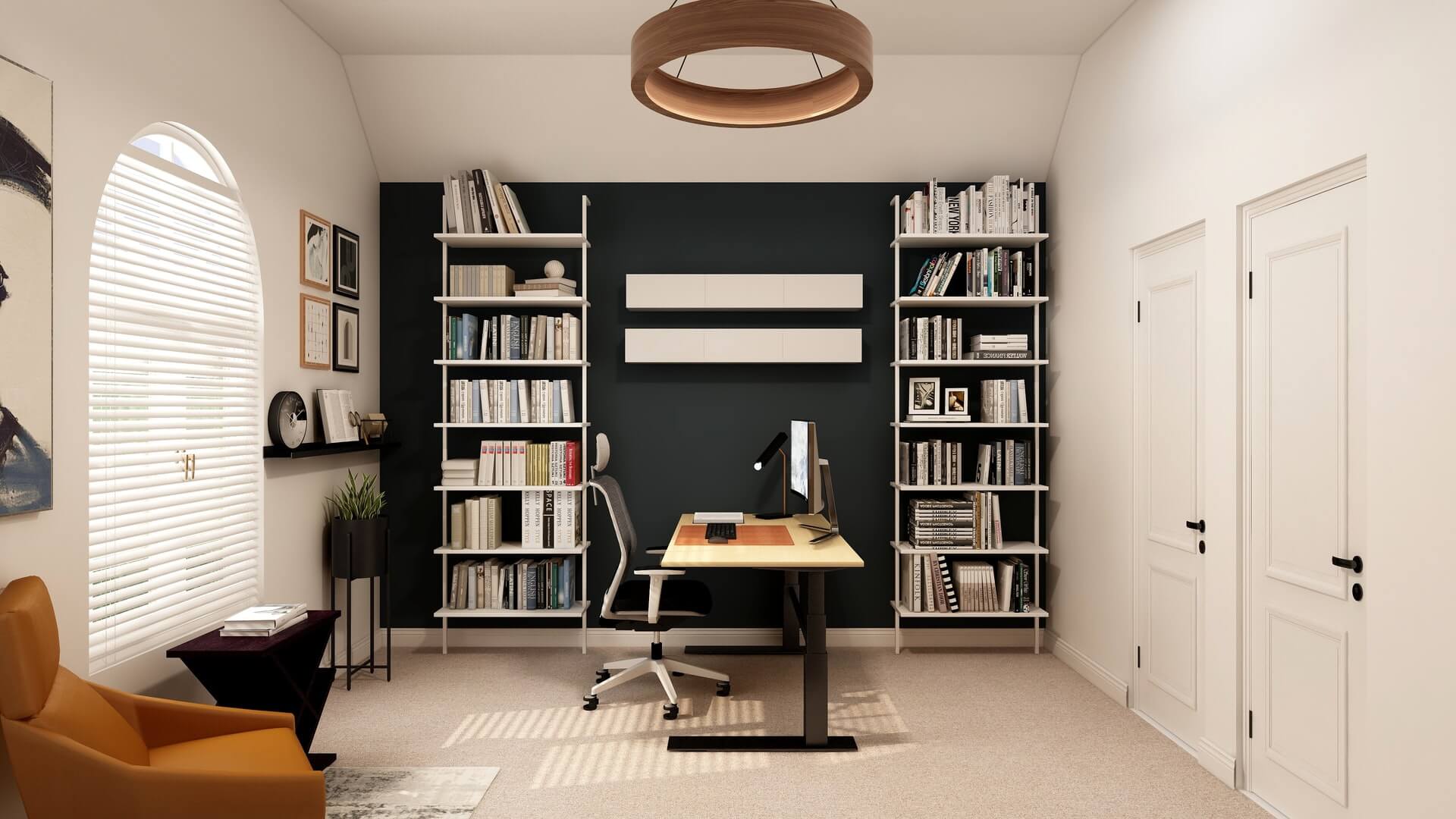When it comes to creating a productive and engaging work environment, office furniture design plays a pivotal role. Beyond aesthetics and functionality, the design of your office furniture can significantly impact the psychological well-being of your employees. In this article, we will delve into the fascinating realm of the psychology of office furniture, exploring how design choices can influence employee motivation, mood, and job satisfaction.
Color Psychology in Office Furniture
The choice of colors in office furniture can evoke specific emotions and moods. For example:
- Blue: Known for promoting calmness and focus, blue is often used in office furniture to create a tranquil atmosphere.
- Green: Associated with nature, green can instill a sense of balance and well-being, making it ideal for furniture in collaborative areas.
- Yellow: A bright and cheerful color, yellow can boost energy and creativity when used sparingly in office furniture.
- Neutral Tones: Beige, gray, and white are often used for a clean and professional look, but they can also feel sterile if overused.
Ergonomics and Employee Comfort
Ergonomic office furniture, designed with the human body in mind, can have a profound impact on employee comfort and well-being. When employees are comfortable, they are more likely to stay focused, experience less physical strain, and report higher job satisfaction. Ergonomic chairs, adjustable desks, and proper keyboard and mouse positioning all contribute to a more comfortable and productive work experience.
Furniture Layout and Collaboration
The arrangement of office furniture can either facilitate or hinder collaboration and communication among employees. Open layouts with communal workstations can encourage teamwork and spontaneous interactions, while well-placed private workspaces allow for concentration and focus. The choice of furniture layout should align with your organization’s goals and culture.
Personalization and Individuality
Office furniture that allows for personalization can help employees feel a sense of ownership over their workspace. Personal touches, such as family photos or unique desk accessories, can boost morale and job satisfaction. Additionally, providing employees with a say in the selection of their furniture can enhance their sense of belonging and satisfaction.
Biophilic Design and Well-Being
Biophilic design principles, which incorporate elements of nature into the workspace, have been shown to improve employee morale. Office furniture with natural materials, such as wood, and the inclusion of indoor plants can create a more inviting and calming environment, reducing stress and boosting mood.
Noise Control and Privacy
The design of office furniture also plays a role in noise control and privacy. Furniture with acoustic properties, such as sound-absorbing panels and partitions, can create a quieter and more focused atmosphere, positively affecting employee concentration and morale.
Flexibility and Adaptability
Office furniture that is flexible and adaptable to changing needs can contribute to employee satisfaction. Employees appreciate the ability to rearrange their workspace or adjust furniture to suit their preferences, empowering them to create a work environment that promotes their well-being.
In conclusion, the psychology of office furniture is a powerful aspect of workplace design that should not be underestimated. By carefully considering the design, layout, and functionality of office furniture, organizations can create a work environment that positively influences employee morale, motivation, and job satisfaction, ultimately leading to a more productive and harmonious workplace.


